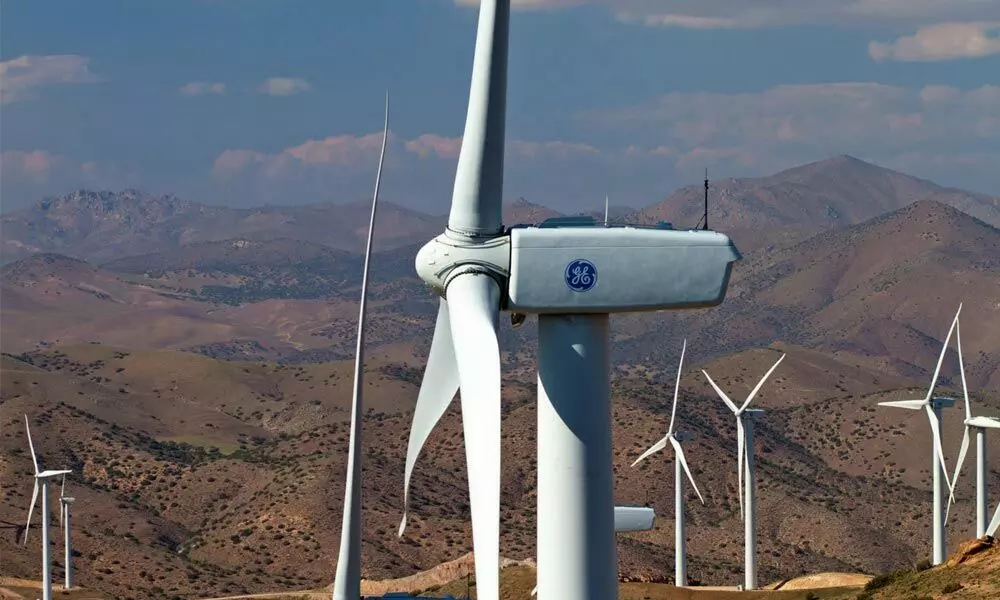Modified reverse auction tops wind power sector's wishlist
The wind power sector in India is heading towards a down slope post the introduction of the reverse auction mechanism in the year 2017.
image for illustrative purpose

New Delhi: The wind power sector in India is heading towards a down slope post the introduction of the reverse auction mechanism in the year 2017. In the upcoming Union Budget, wind power sector is expecting the reverse auction tender order to be modified to stop the downward spiral.
"Everything now is going through competitive bidding, and that's okay. But the bidder is not able to complete the project which is awarded because of the price war. If the government can do something on the reverse auction mechanism, then it would be helpful. Evacuations and land issues are the major problems. Land price has gone high as there is a limitation of land," Manish Kumar Singh, General Secretary, Indian Wind Energy Association, told Bizz Buzz. "The developer requires buying land, and if the government can help to provide the land it will be better. The land comes under the jurisdiction of the State government, and the Central government cannot have any interference in this. If the State government is giving the land, it is difficult to turn the land into industry lot. As land use has to be changed as every State has different policies," Singh added.
Singh also pointed to the fact that the wind power sector in India had 21 active manufacturers in the country, whereas the numbers stand at 7-8 active manufacturers at present. The decline in the numbers of manufacturers has been attributed to the lower demand in the market.
"By 2016-17, we had installed approximately 6,000 Megawatts in a year. But after 2017, when the reverse auction mechanism was introduced, the installation capacity has dropped to 1000-2000 Megawatts per year," Singh said.
The reverse auctions were introduced for solar industry in 2013-14, whereas the order for wind energy was brought in the year 2017. Industry experts say that a significant decline in the sector began once the reverse action provision was put in place.
A tender or reverse auction programme means that the government designs a process to select bids and procure electricity to meet specified capacity goals. The government or its agency puts up a request for a required goods or service. The bidders then place bids for the amount they are willing to be paid for the goods or service, and at the end of the auction the bidder with the lowest amount wins. An industry expert, on the condition of anonymity, said that a shift in the preference for renewable energy has also hit the wind energy sector. The price drop of solar panels in cost of per Kilowatt hour (kWh) has drastically lowered price of solar. While the wind energy price stands between Rs 2.3-2.6 kWh and solar price stands at Rs 1.9-2.3 per kWh, which has made the solar energy more favourable for government and DISCOMS.

